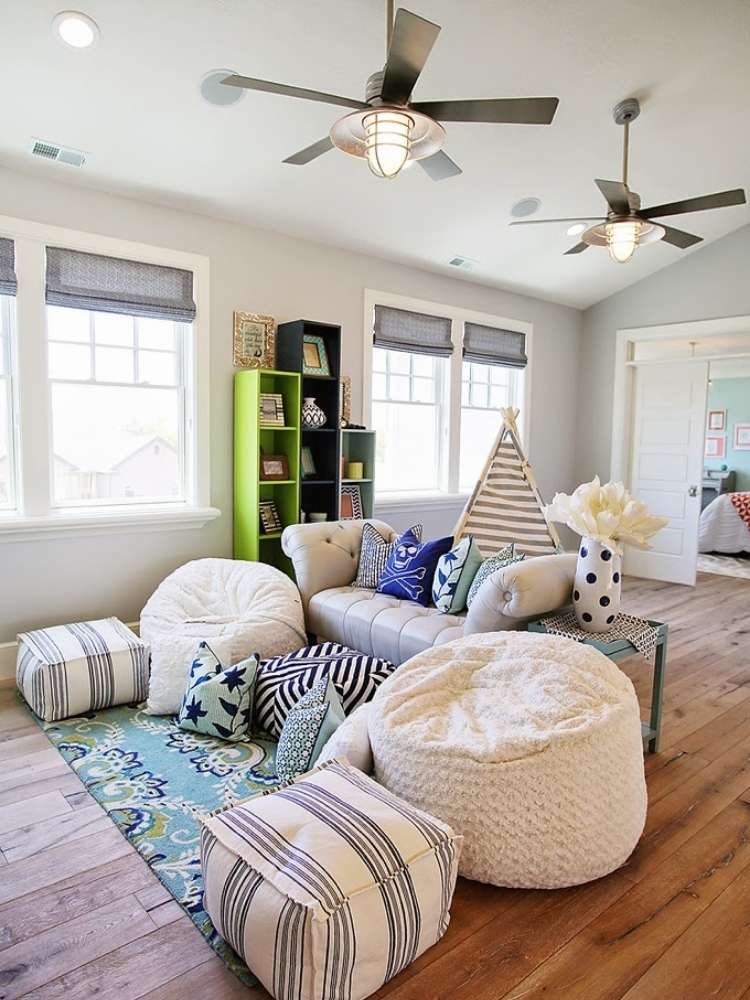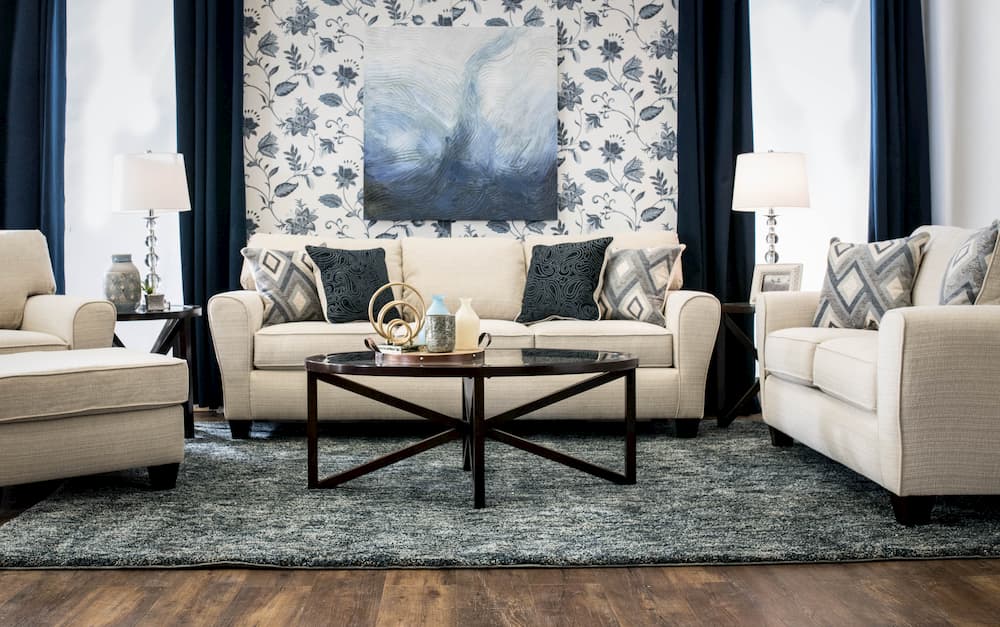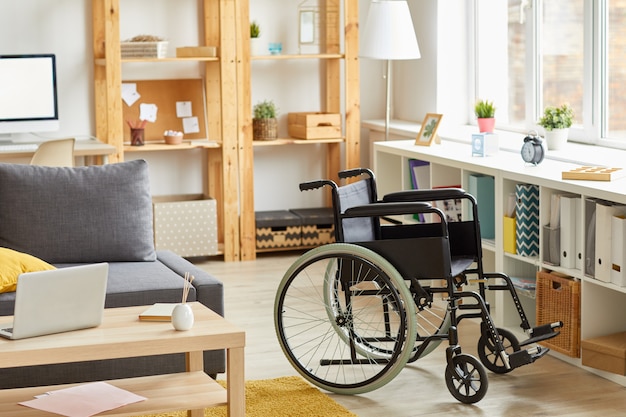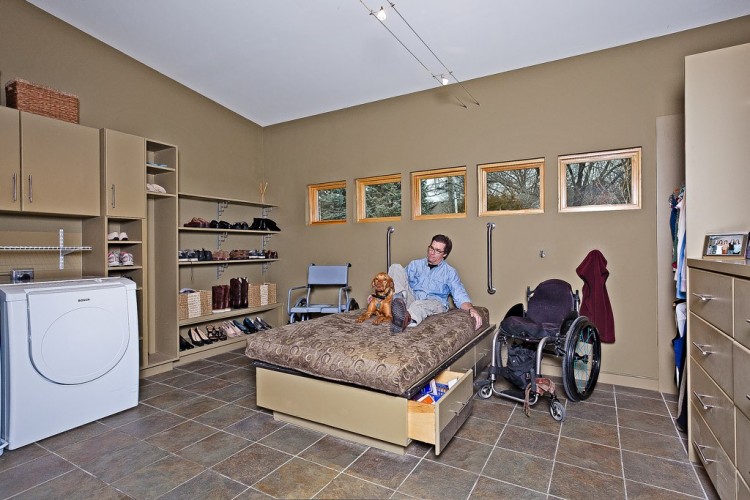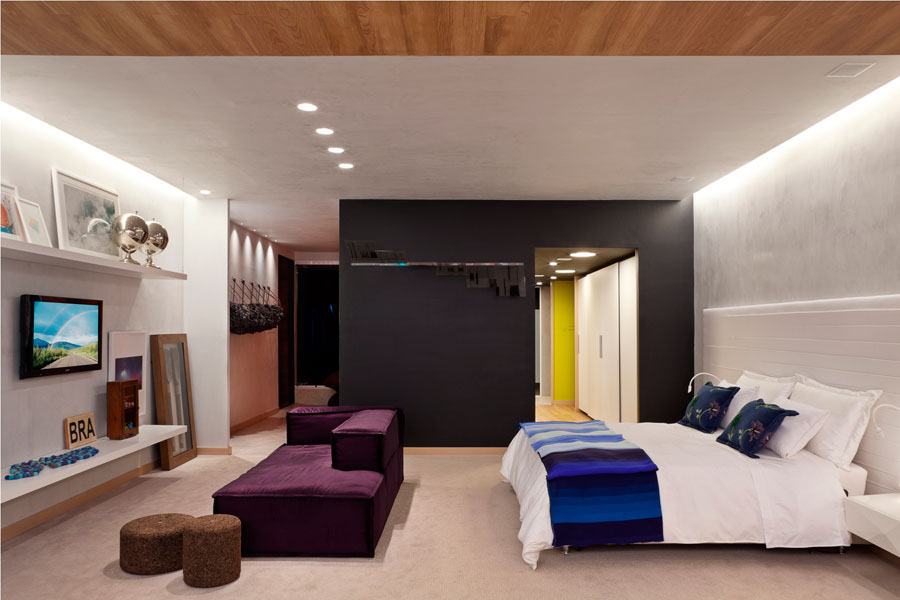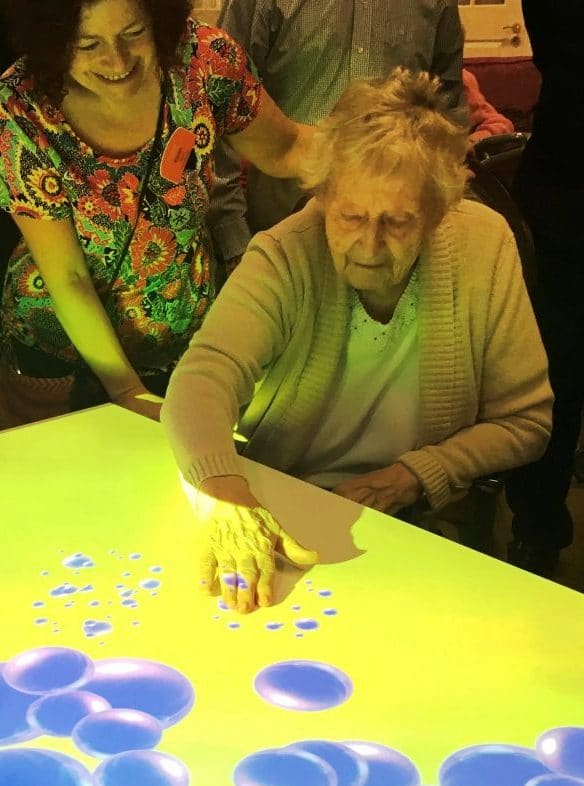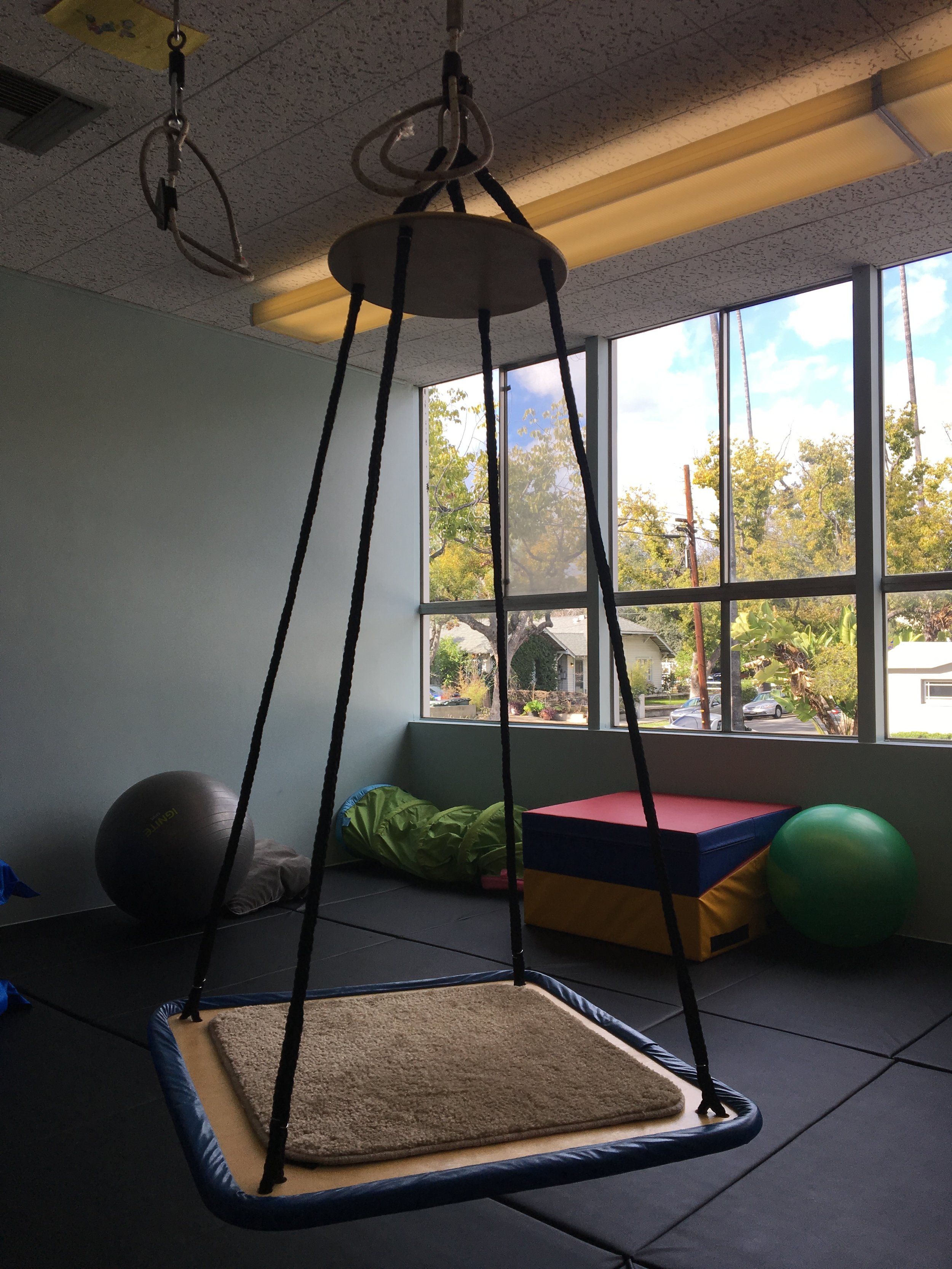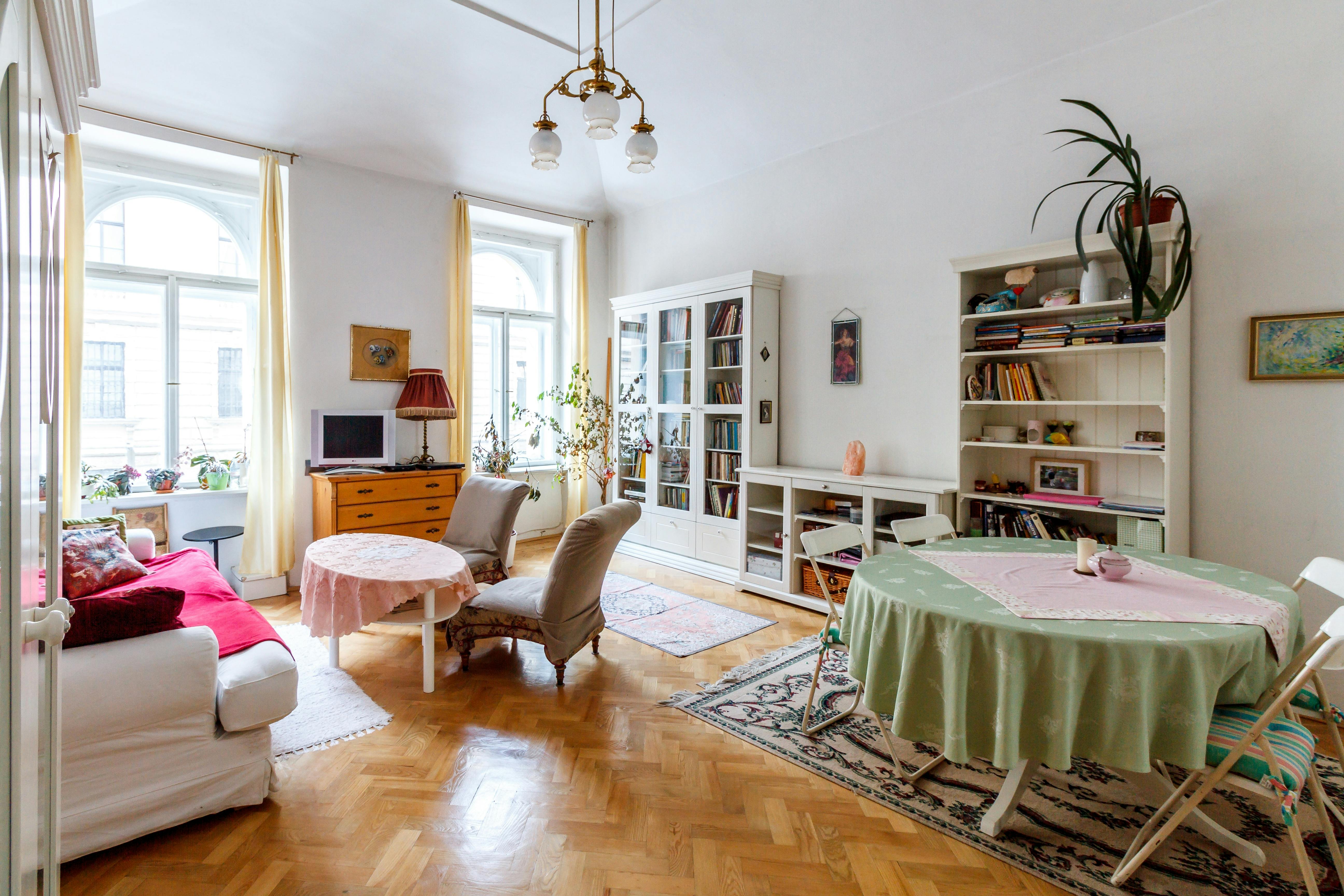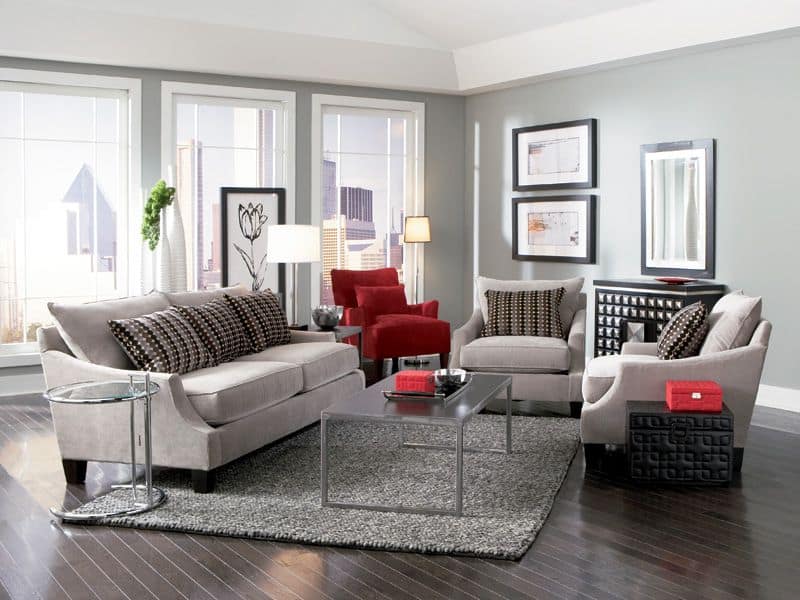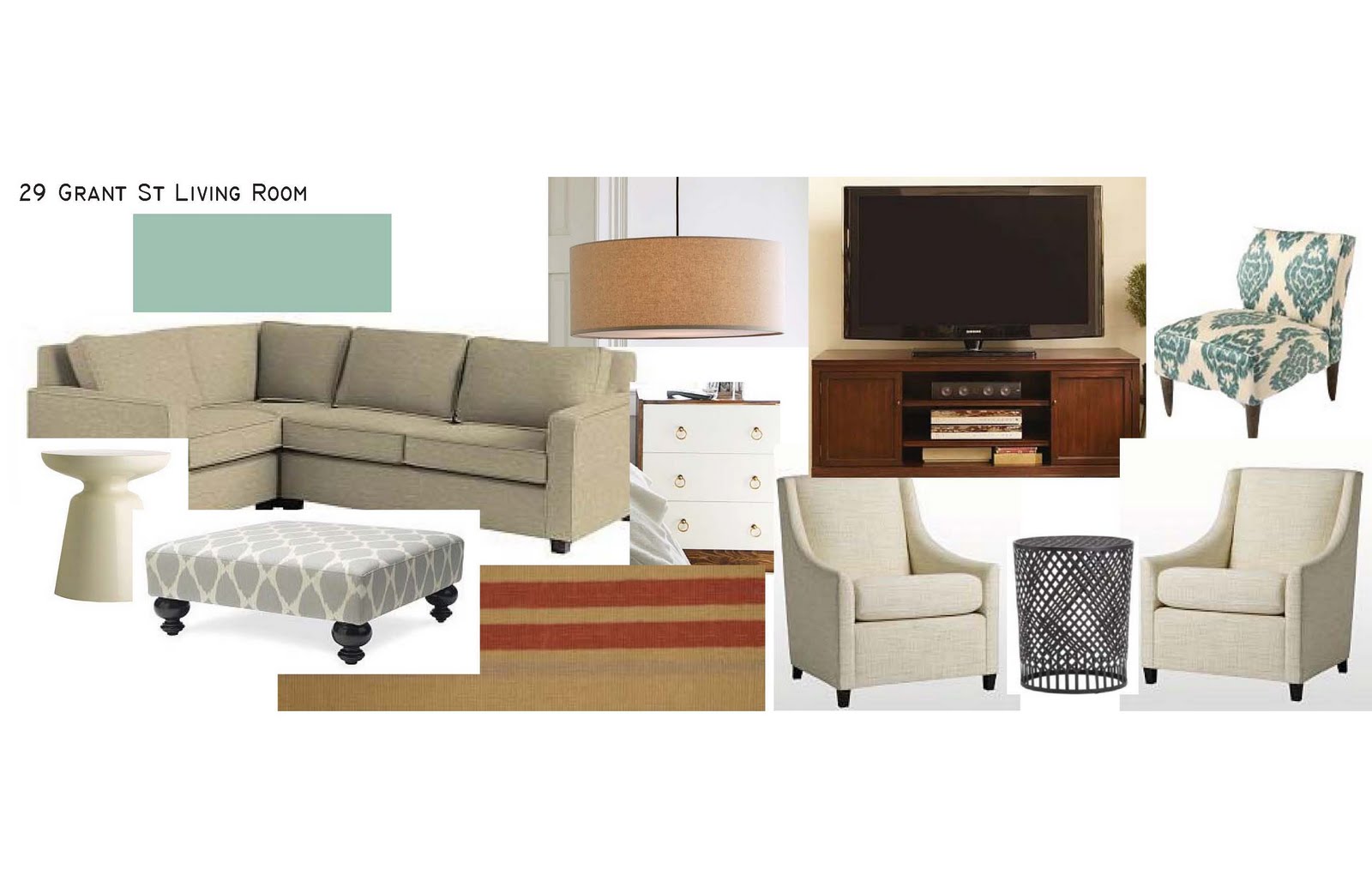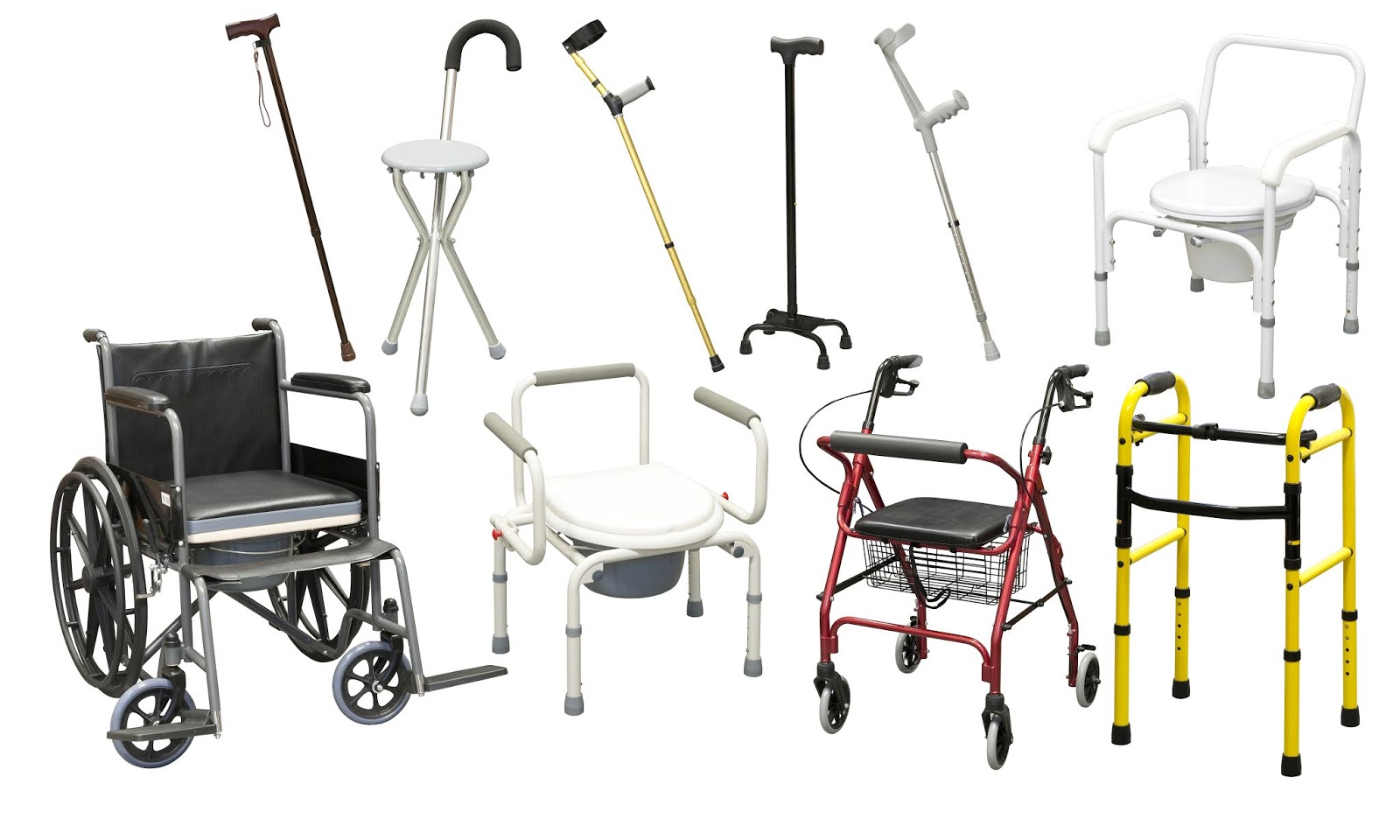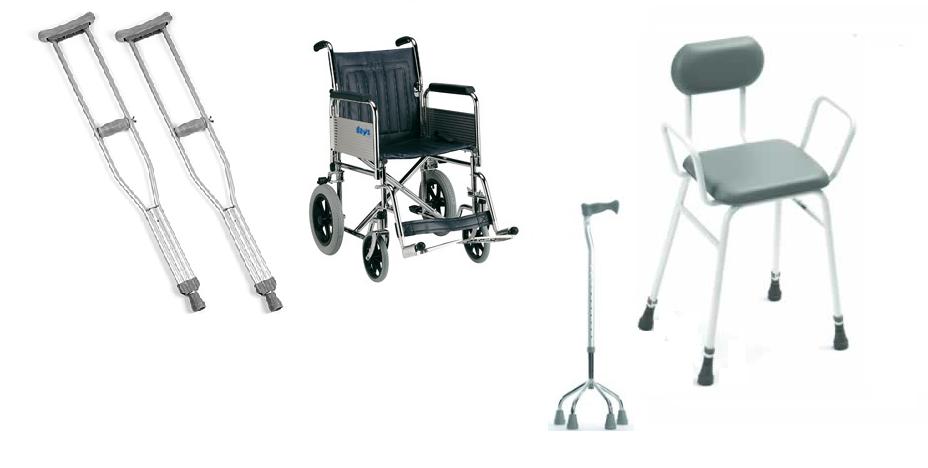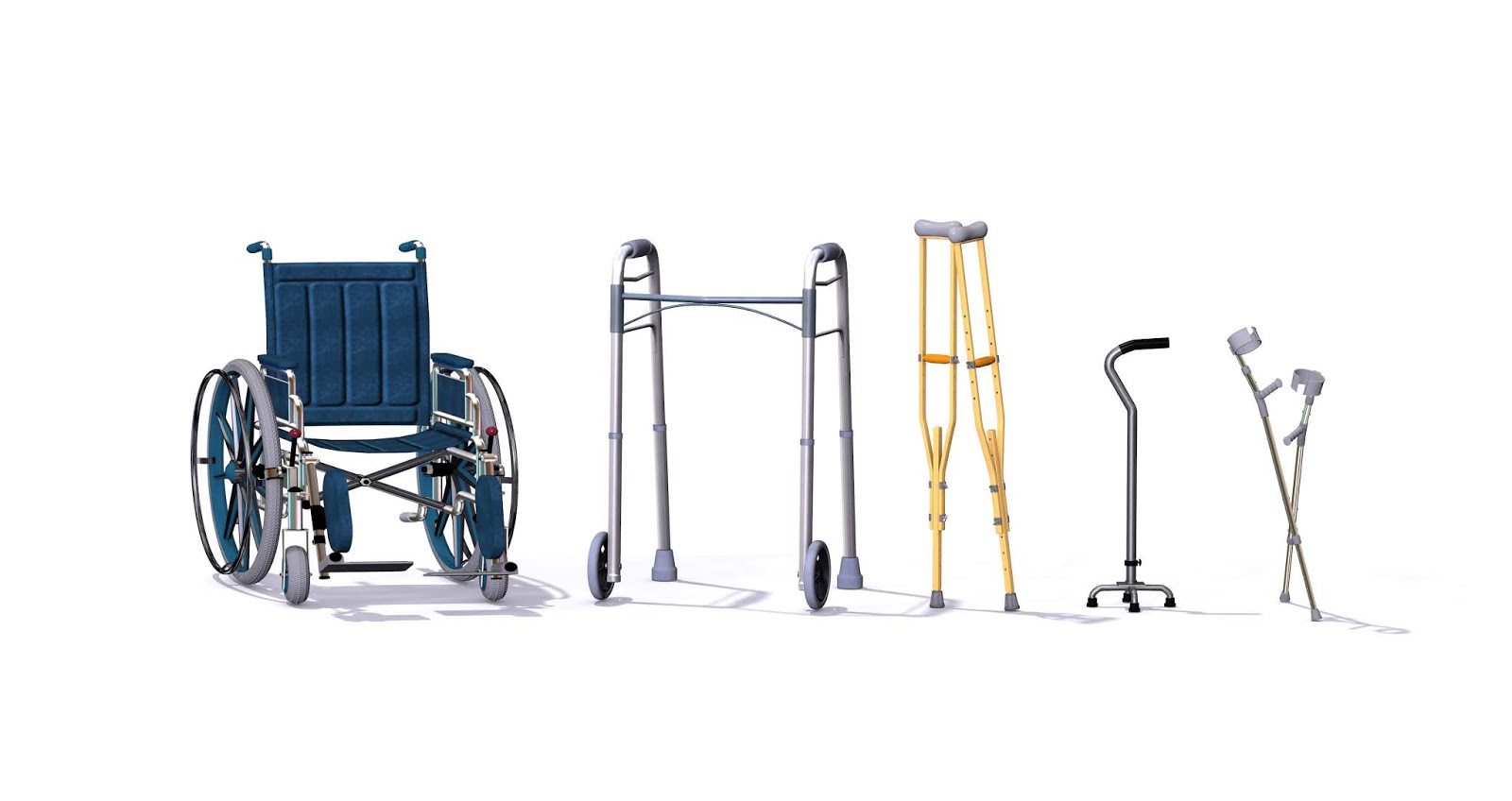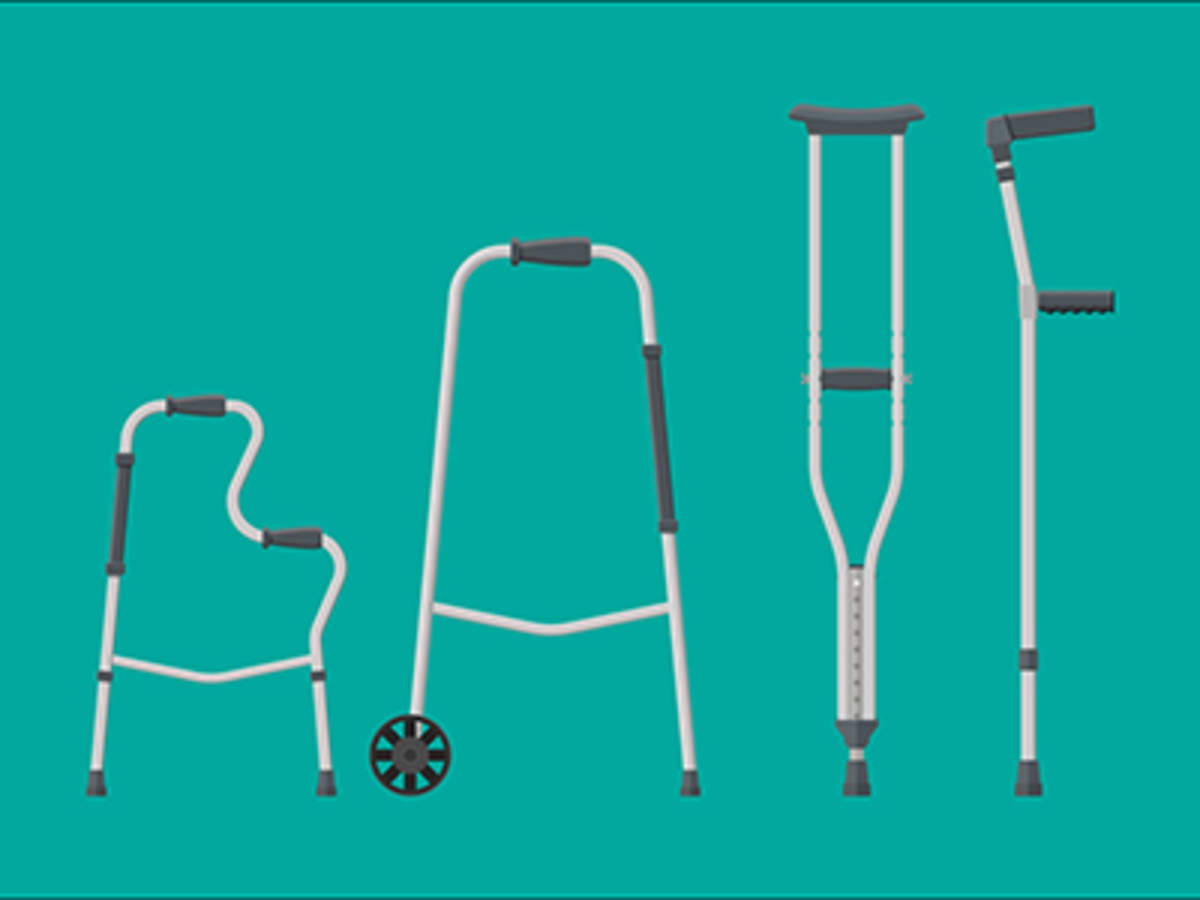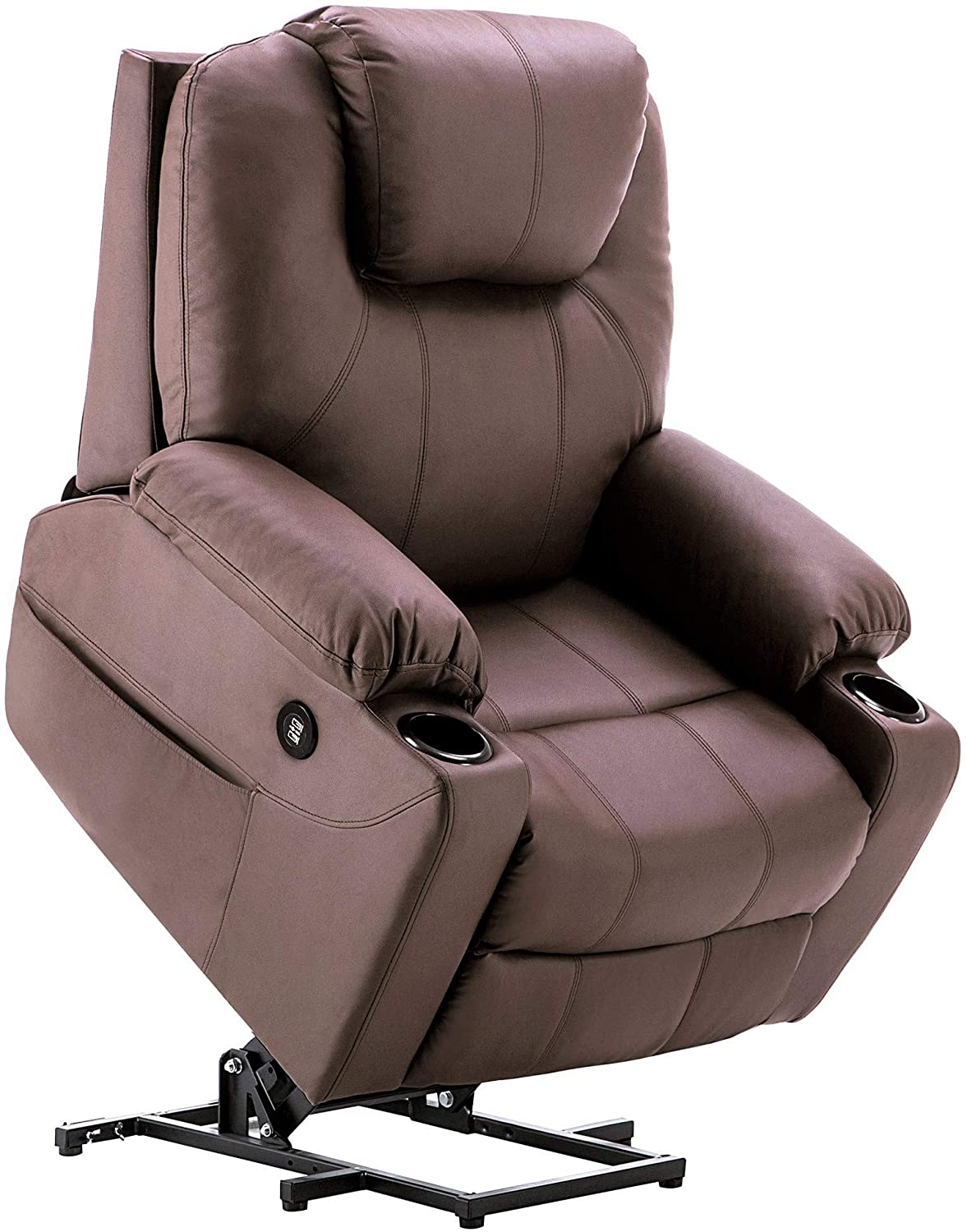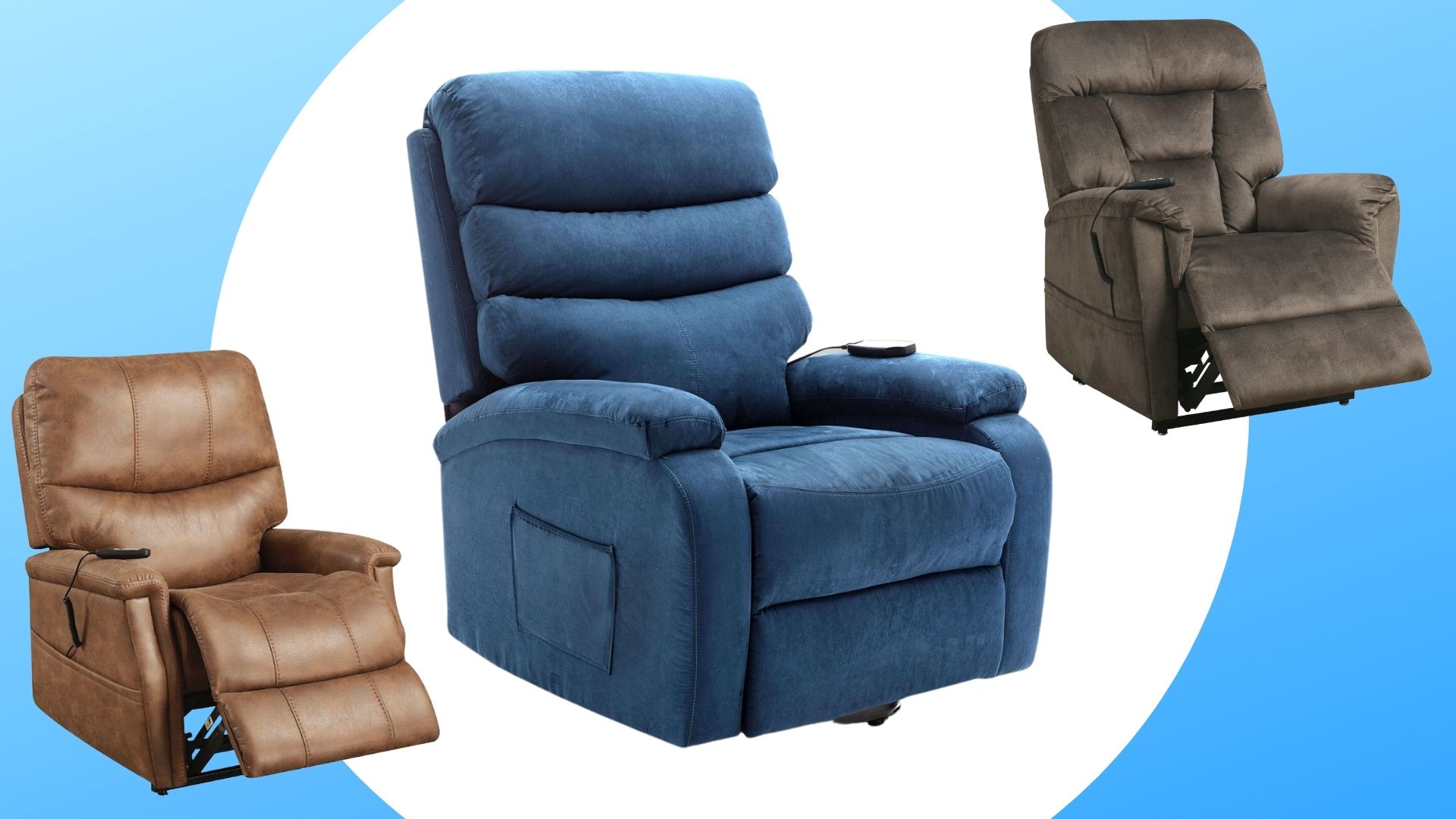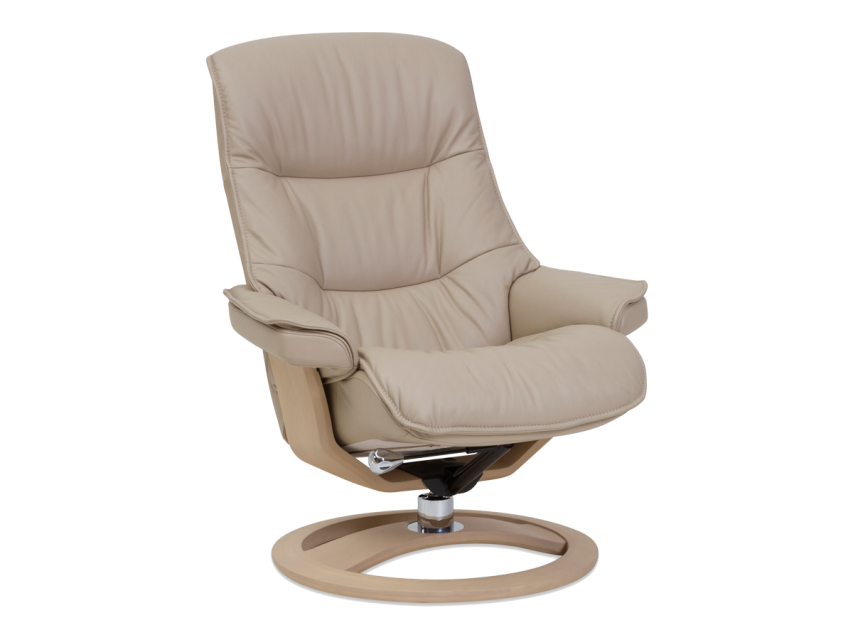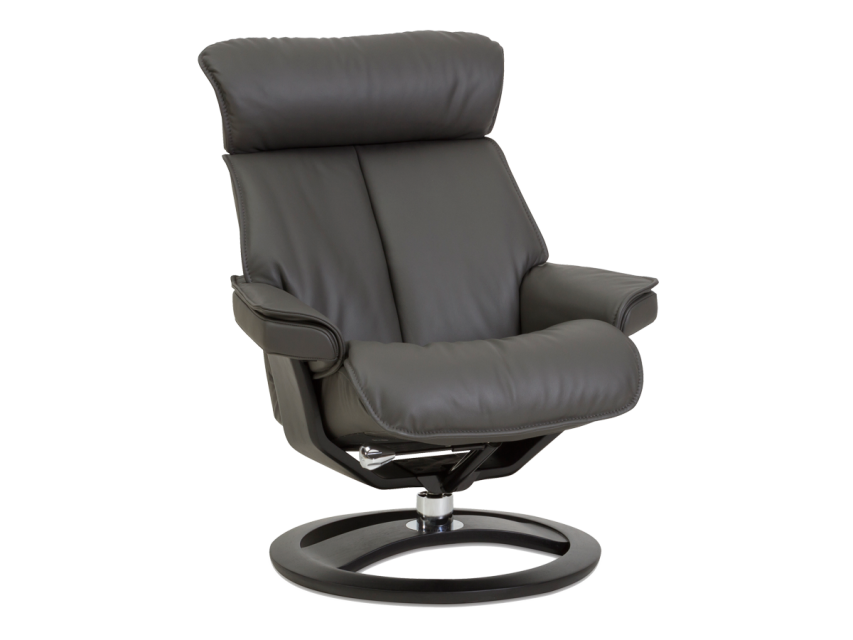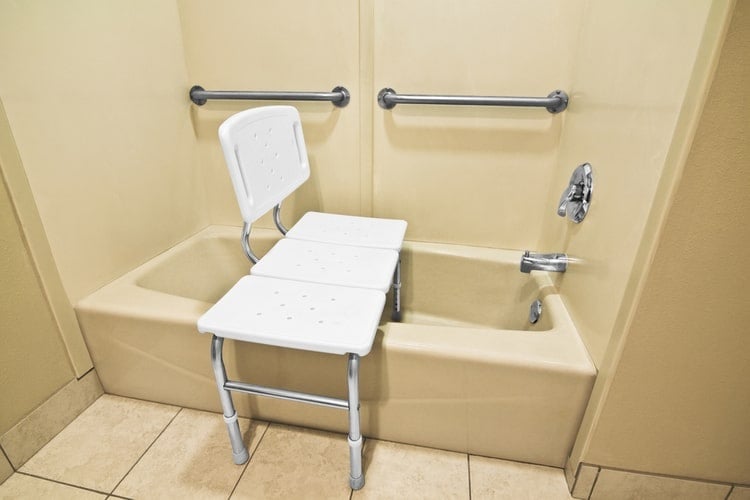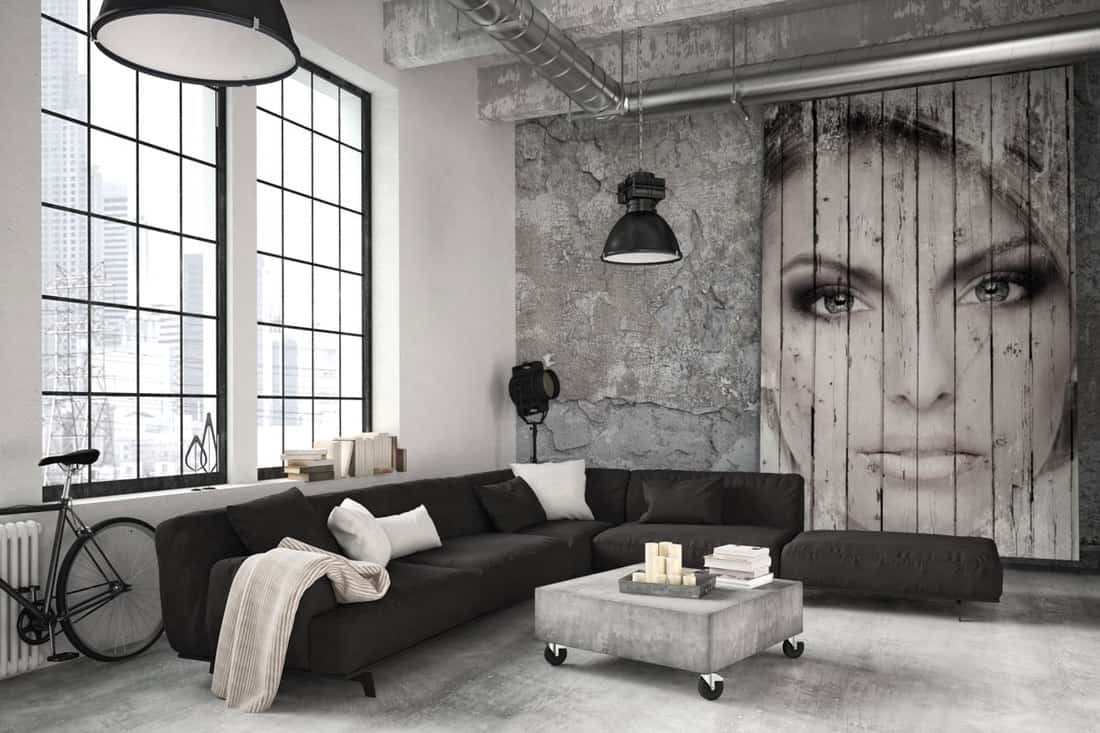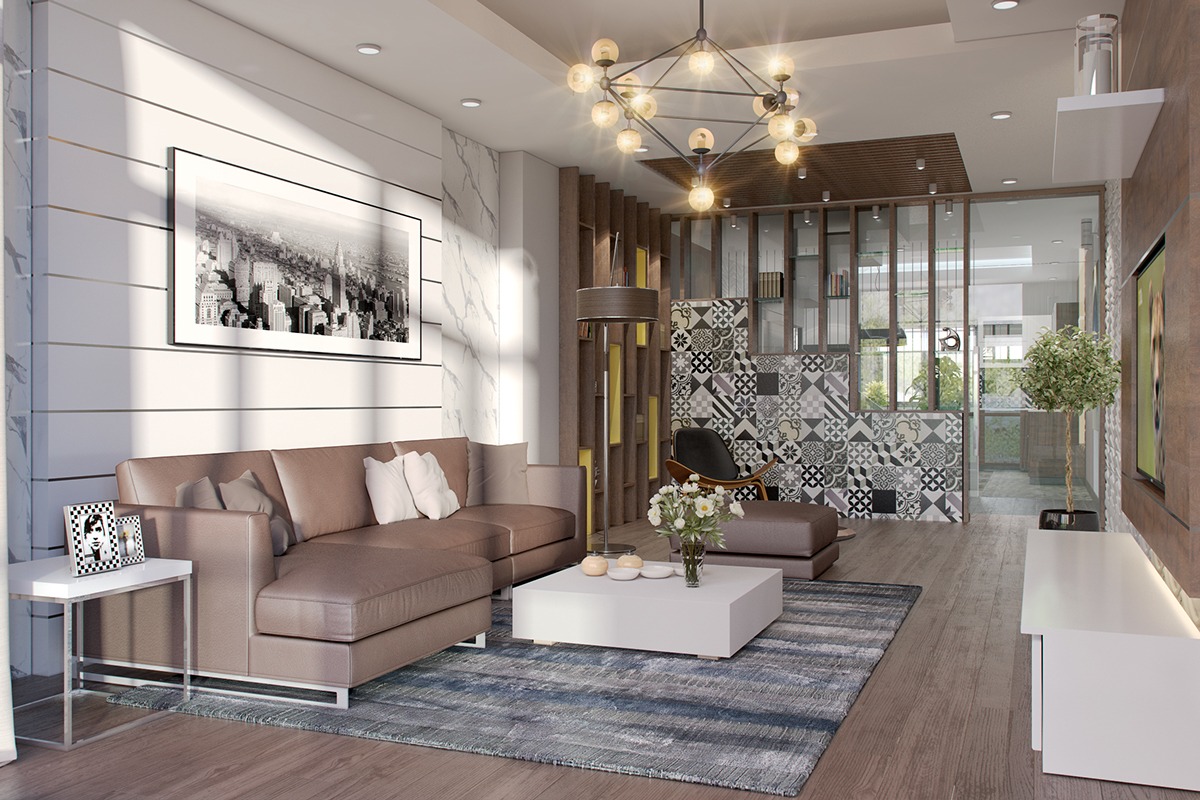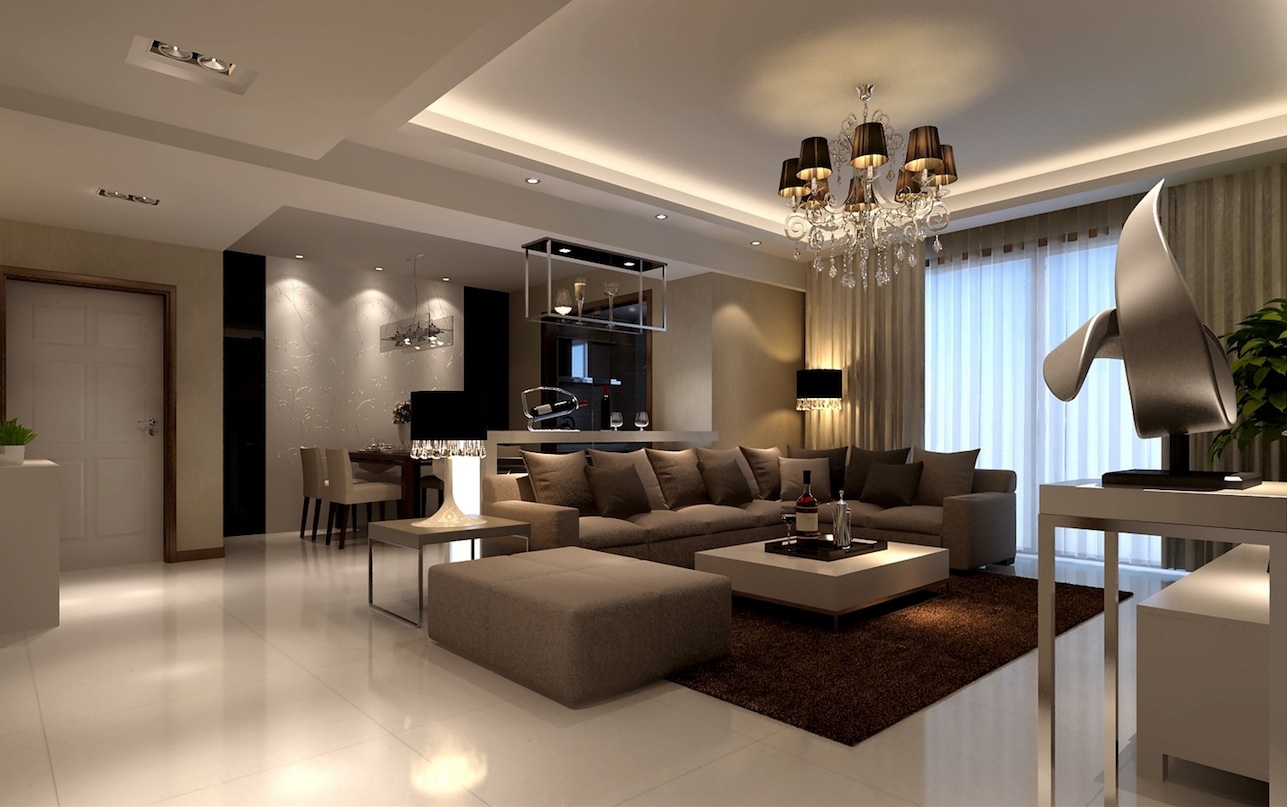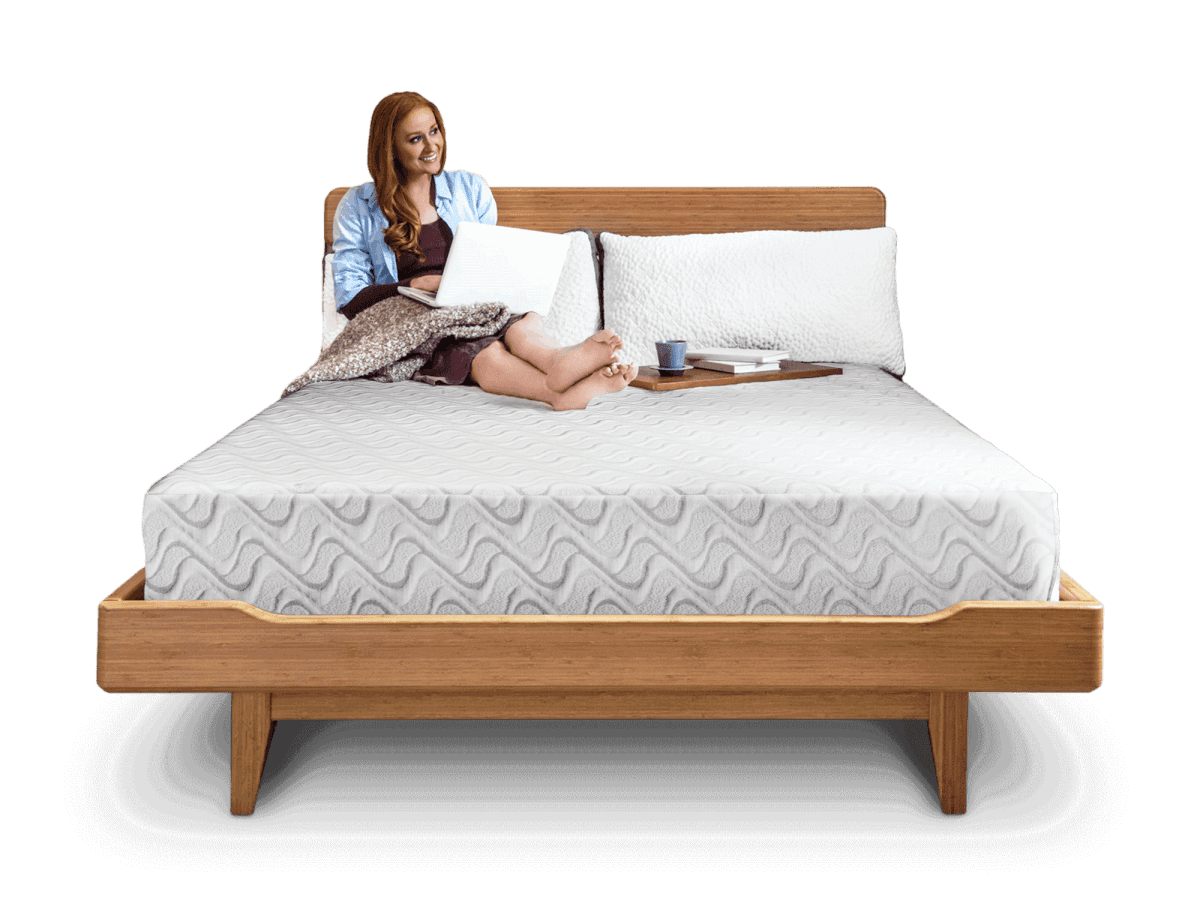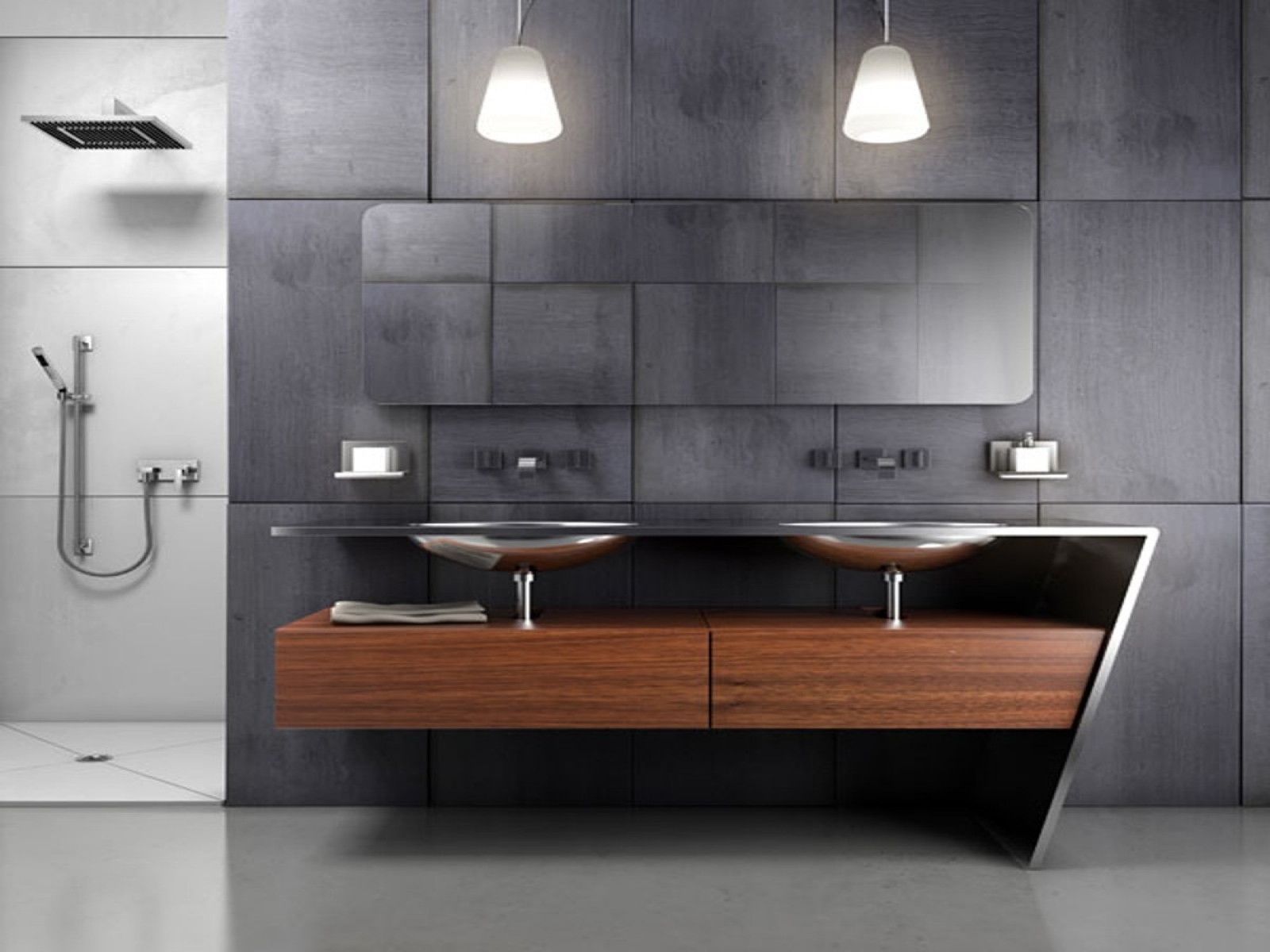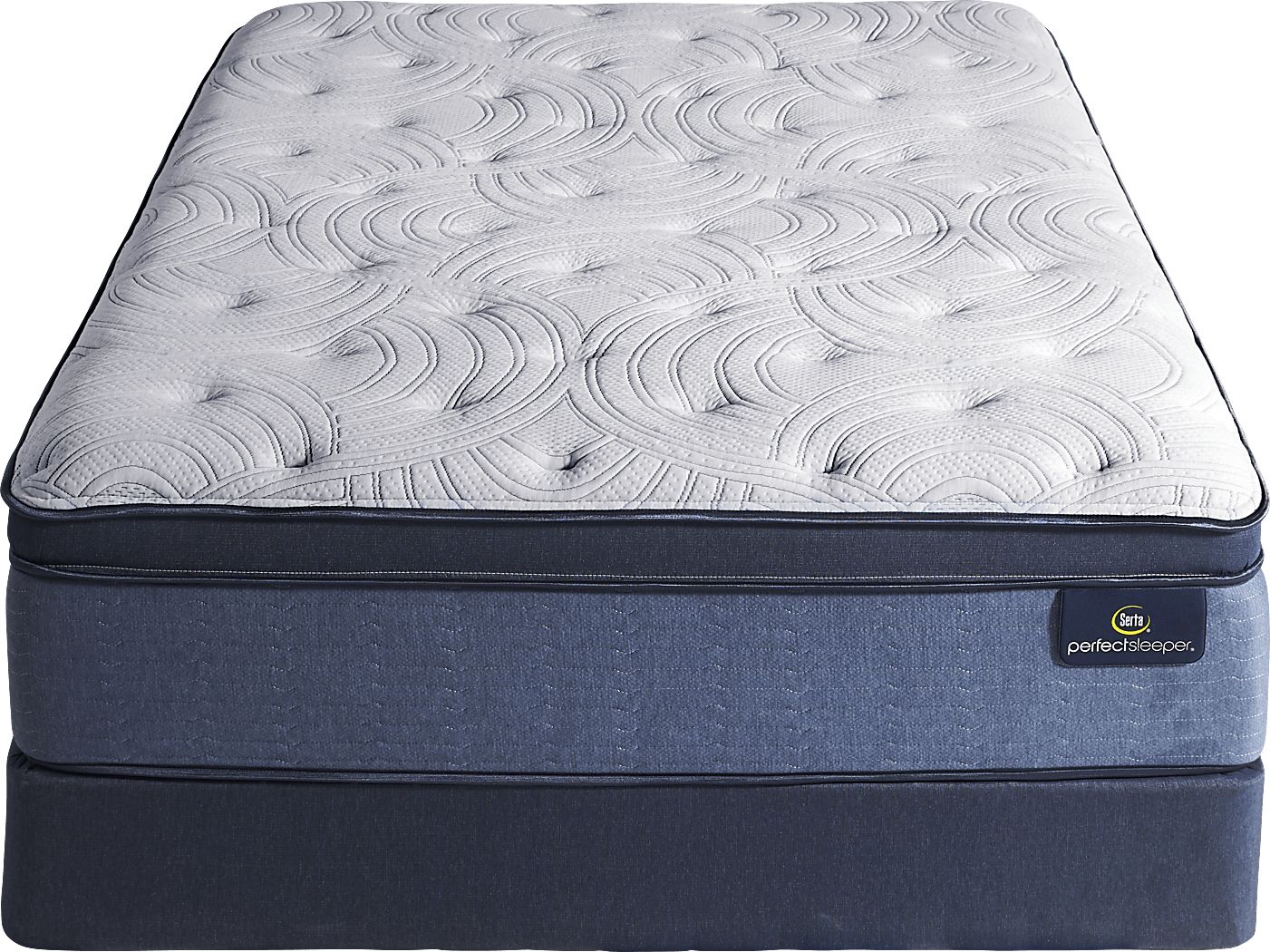Living with a disability can often make simple tasks, like sitting and relaxing in the living room, a challenge. However, with the right furniture, disabled individuals can enjoy a comfortable and accessible living space. Adjustable furniture, in particular, is a great option for those with disabilities as it allows for customization and ease of use. Adjustable furniture can refer to anything from chairs and sofas to tables and shelves. These pieces can be modified to fit the specific needs of the user, making them an essential addition to any living room for disabled individuals.Adjustable Furniture for Disabled Individuals
One of the main struggles for disabled individuals is finding furniture that is easily accessible. Traditional furniture may be too low or too high for someone in a wheelchair, making it difficult for them to use. Accessible living room furniture is designed with this in mind, featuring adjustable heights and accessible features such as armrests and footrests. This type of furniture allows individuals with disabilities to comfortably and independently use their living room space.Accessible Living Room Furniture
For those with mobility limitations, adaptive seating is a must-have in the living room. This type of seating is designed to provide support and comfort for individuals with disabilities, catering to their unique needs. Adaptive seating can come in the form of specialized chairs, cushions, or even recliners. These pieces of furniture are designed to promote good posture and prevent discomfort, making them an essential part of a living room for disabled individuals.Adaptive Seating for Disabled
For wheelchair users, having wheelchair-friendly living room furniture is crucial to maintaining their independence and comfort. This type of furniture is designed with features such as wider seats, lower heights, and removable armrests to accommodate for wheelchair users. It also allows for easy maneuverability and accessibility, making it easier for individuals with disabilities to navigate their living room space.Wheelchair-Friendly Living Room Furniture
Aside from furniture, there are also various assistive devices that can make a living room more accessible for disabled individuals. These devices can range from simple tools such as reachers and grabbers to more complex technology such as voice-activated smart home devices. These assistive devices can help disabled individuals with tasks such as turning on the TV, adjusting the lights, and even answering the door, making their living room experience more convenient and comfortable.Assistive Devices for Living Room
Individuals with special needs, such as those with sensory processing disorders or limited mobility, require specialized furniture to cater to their needs. Special needs living room furniture can include items such as sensory chairs, weighted blankets, and rocking chairs, which provide sensory stimulation and promote relaxation for those with special needs. These pieces of furniture can help create a calming and comfortable living room environment for individuals with disabilities.Special Needs Living Room Furniture
For individuals with limited mobility, mobility aids can greatly improve their living room experience. These aids can include items such as ramps, handrails, and grab bars, which help with navigation and safety in the living room. Mobility aids can also include items such as walkers and canes, which provide support and stability for those with mobility limitations. These aids can make a significant difference in the independence and accessibility of the living room for disabled individuals.Mobility Aids for Living Room
Recliners are a staple in many living rooms, providing comfort and relaxation after a long day. However, for individuals with disabilities, traditional recliners may not be suitable or accessible. Adaptive recliners are designed with features such as motorized reclining and adjustable headrests to cater to the needs of disabled individuals. These specialized recliners offer the same level of comfort and relaxation while also promoting accessibility and ease of use.Adaptive Recliners for Disabled
Every individual has unique needs and preferences, and this is especially true for those with disabilities. Customizable living room furniture allows individuals to tailor their furniture to their specific needs, ensuring maximum comfort and accessibility. This type of furniture can come in various forms, from modular seating to adjustable tables, providing a personalized living room experience for disabled individuals.Customizable Living Room Furniture
Lastly, an essential aspect of creating an accessible living room for disabled individuals is inclusive design. This refers to designing a space that is accessible and functional for individuals of all abilities. Inclusive living room design can include features such as wider doorways, open floor plans, and adjustable lighting, which benefit all individuals, including those with disabilities. By incorporating inclusive design principles, living rooms can become more welcoming and accessible spaces for everyone. In conclusion, when it comes to furnishing a living room for disabled individuals, it is essential to prioritize accessibility, comfort, and inclusivity. The right furniture, assistive devices, and design elements can make a significant difference in the quality of life for those with disabilities. By incorporating adjustable furniture, accessible features, assistive devices, and inclusive design, living rooms can become a comfortable and welcoming space for individuals of all abilities.Inclusive Living Room Design
The Importance of Accessible Living Room Furniture for Disabled Individuals

For individuals with disabilities, finding furniture that meets their specific needs can be a challenge. This is especially true when it comes to the living room , as it is often the central gathering space in a home. Living room furniture for disabled individuals should not only be comfortable and stylish, but it should also be accessible and functional. Here are some key considerations to keep in mind when designing a living room for individuals with disabilities.
Accessibility and Mobility
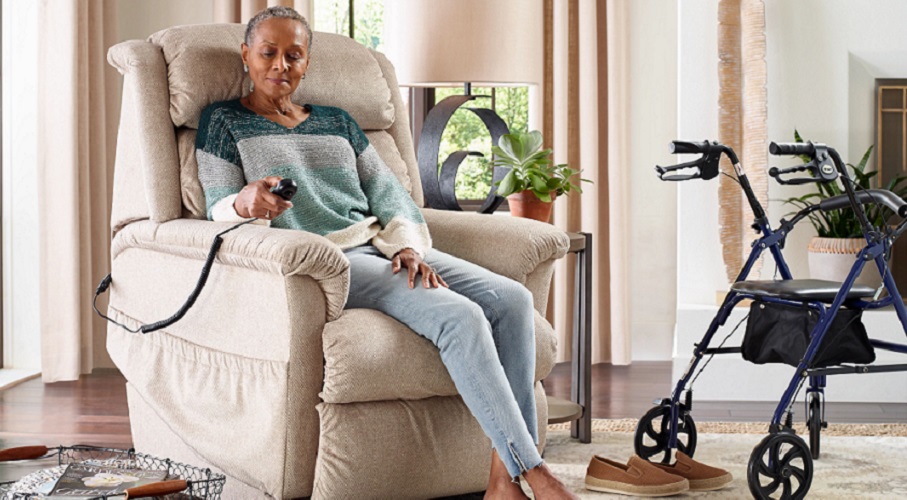
When it comes to accessible living room furniture , the first thing to consider is mobility. Many people with disabilities rely on mobility aids such as wheelchairs or walkers to get around. Therefore, it is crucial to ensure that there is enough space between furniture pieces to allow for easy movement. This can be achieved by choosing furniture with a smaller footprint, such as armless chairs and sofas, or by arranging furniture in a way that allows for clear pathways.
Comfort and Support
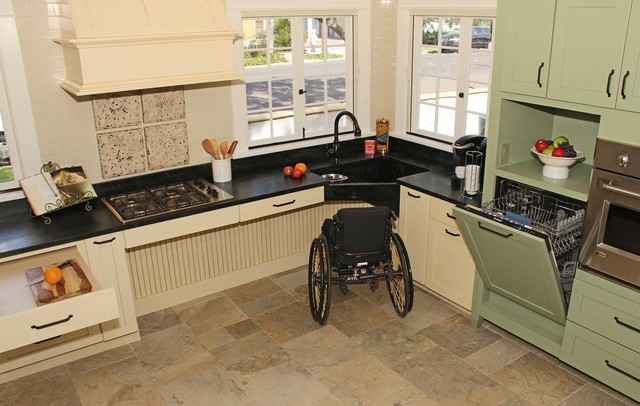
Comfort and support are essential for anyone, but they are especially crucial for individuals with disabilities. When selecting living room furniture for disabled individuals, it is essential to look for pieces that provide proper support for the body. This can include features such as lumbar support in chairs, adjustable headrests, and cushioned armrests. Additionally, furniture pieces should be sturdy and stable to provide a sense of security and prevent any accidents or falls.
Adaptability and Customization
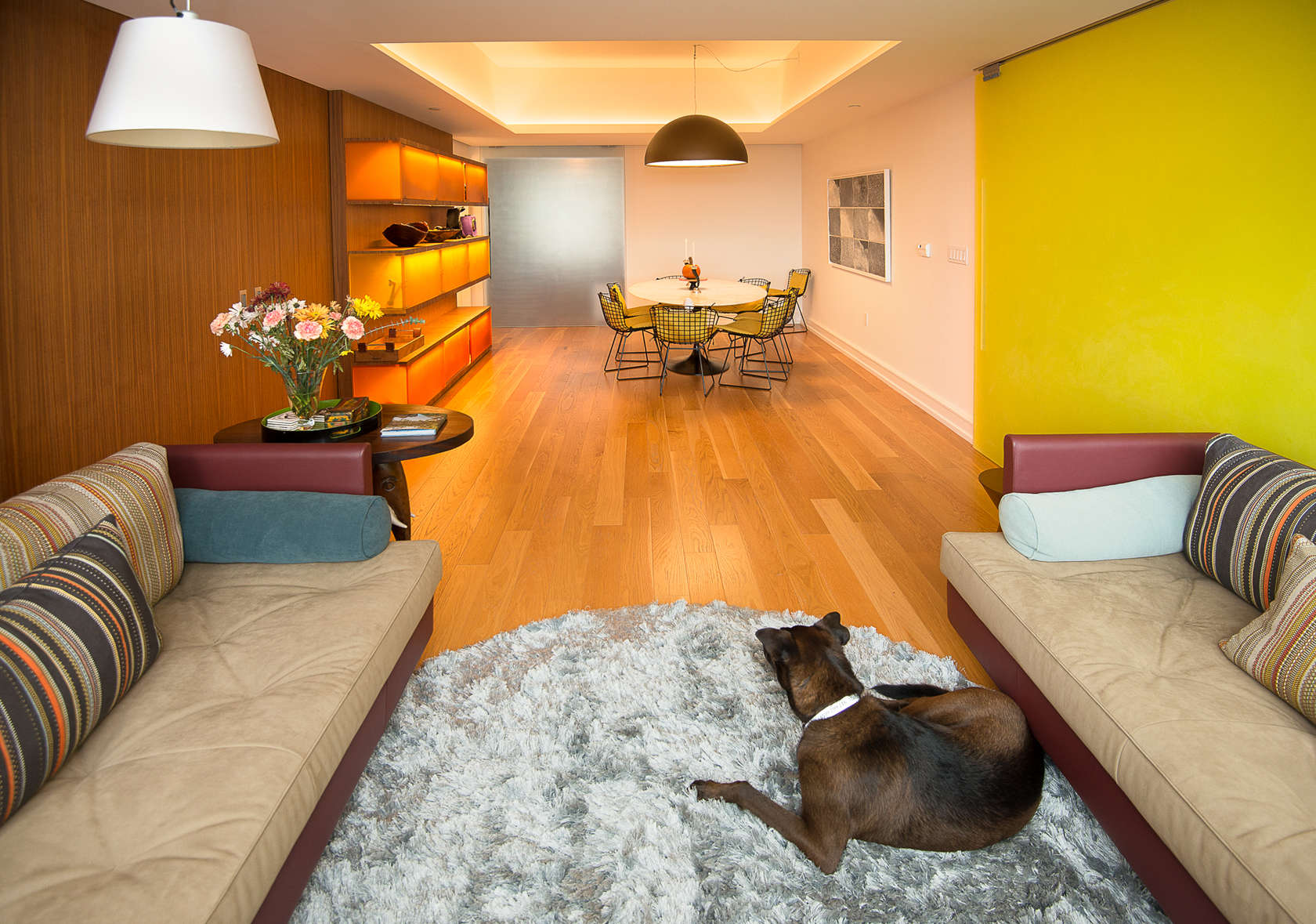
One of the most significant challenges for individuals with disabilities is finding furniture that meets their specific needs. Therefore, it is essential to look for living room furniture that is adaptable and customizable. This can include features such as adjustable height or reclining options, which can accommodate different physical abilities. Additionally, furniture should be easy to move and rearrange to fit the changing needs of the individual.
Style and Design
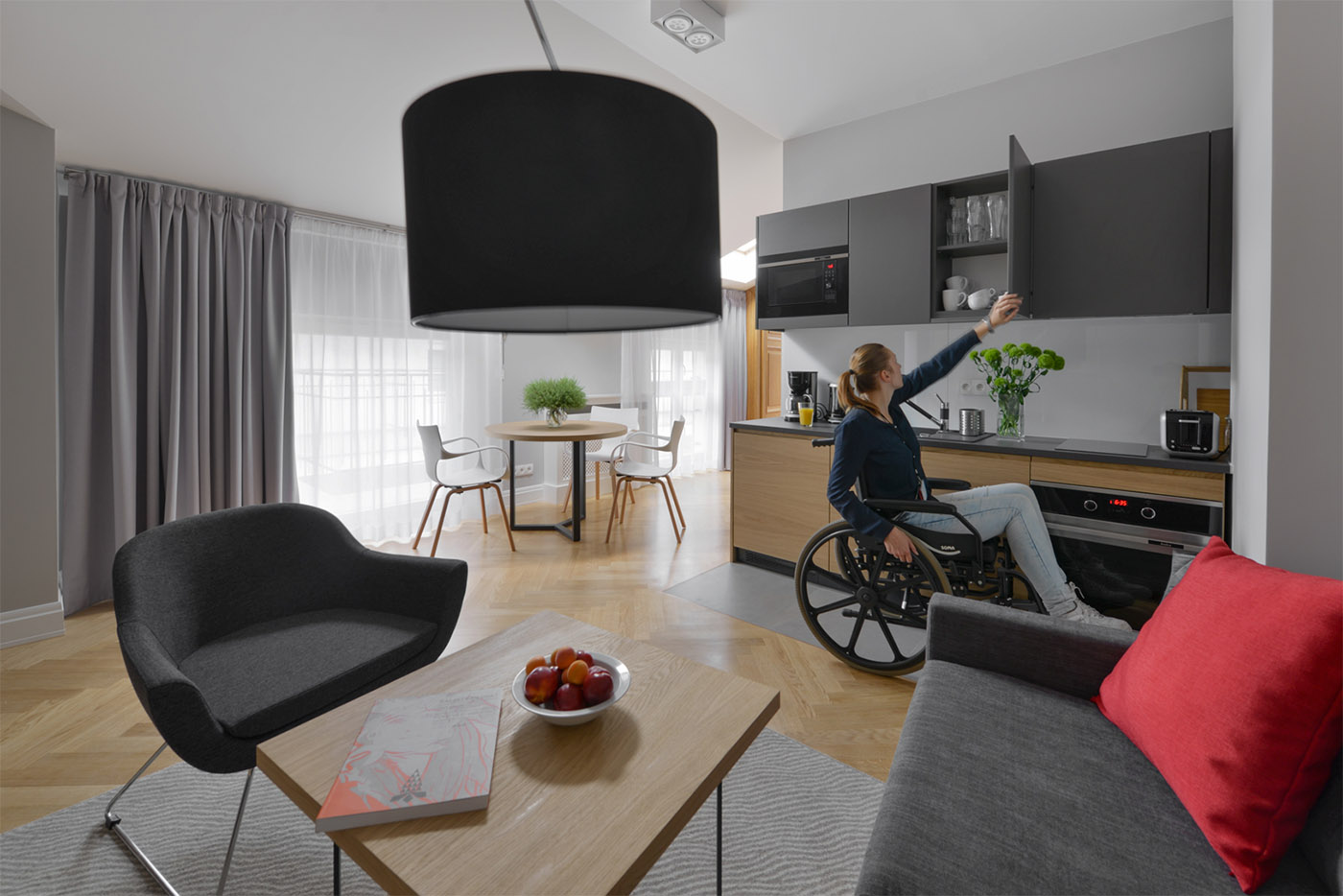
Just because furniture is accessible and functional doesn't mean it has to sacrifice style. There are plenty of stylish and modern living room furniture options available that are also accessible for individuals with disabilities. From sleek and modern designs to more traditional and cozy pieces, there is a wide range of styles to choose from. It is essential to find a balance between functionality and aesthetics to create a comfortable and visually appealing living room for all.
In conclusion, when designing a living room for individuals with disabilities, it is crucial to consider accessibility, mobility, comfort, adaptability, and style. By keeping these factors in mind, you can create a welcoming and inclusive living space that meets the specific needs of those with disabilities. With the right furniture and design, everyone can feel comfortable and at home in the living room.
The Importance of Accessible Living Room Furniture for Disabled Individuals

For individuals with disabilities, finding furniture that meets their specific needs can be a challenge. This is especially true when it comes to the living room , as it is often the central gathering space in a home. Living room furniture for disabled individuals should not only be comfortable and stylish, but it should also be accessible and functional. Here are some key considerations to keep in mind when designing a living room for individuals with disabilities.
Accessibility and Mobility

When it comes to accessible living room furniture , the first thing to consider is mobility. Many people with disabilities rely on mobility aids such as wheelchairs or walkers to get around. Therefore, it is crucial to ensure that there is enough space between furniture pieces to allow for easy movement. This can be achieved by choosing furniture with a smaller footprint, such as armless chairs and sofas, or by arranging furniture in a way that allows for clear pathways.
Comfort and Support
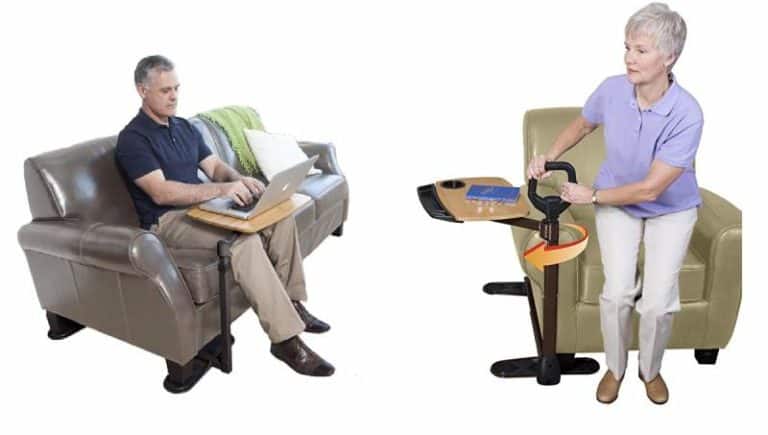
Comfort and support are essential for anyone, but they are especially crucial for individuals with disabilities. When selecting living room furniture for disabled individuals, it is essential to look for pieces that provide proper support for the body. This can include features such as lumbar support in chairs, adjustable headrests , and cushioned armrests . Additionally, furniture pieces should be sturdy and stable to provide a sense of security and prevent any accidents or falls.
Adaptability and Customization
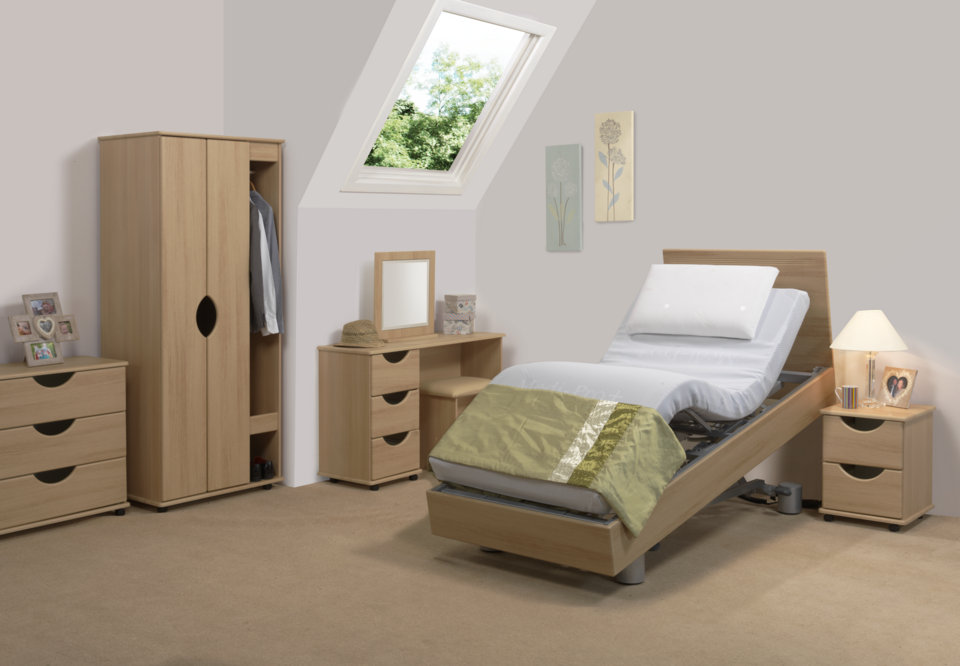
One of the most significant challenges for individuals with disabilities is finding furniture that meets their


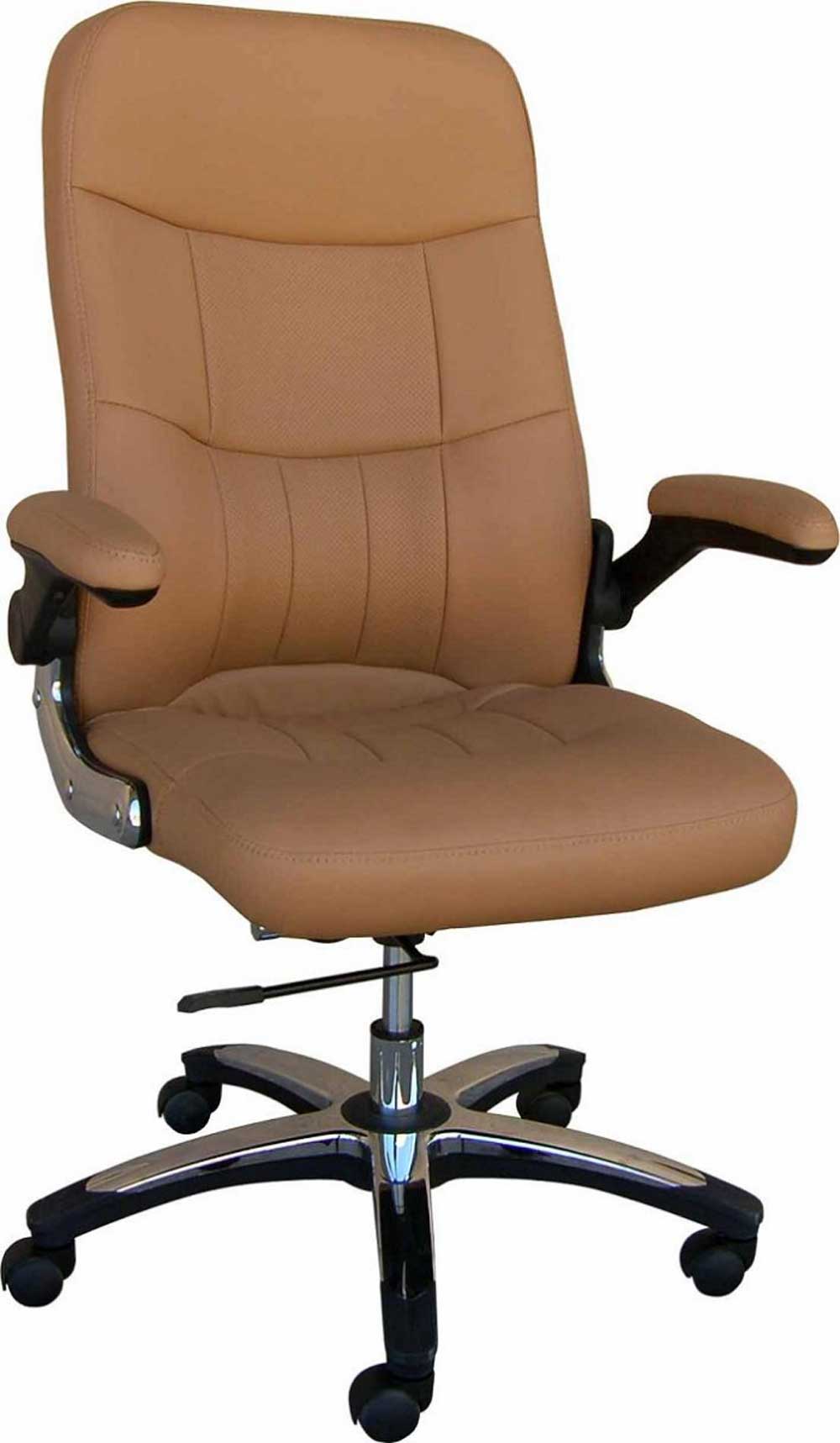





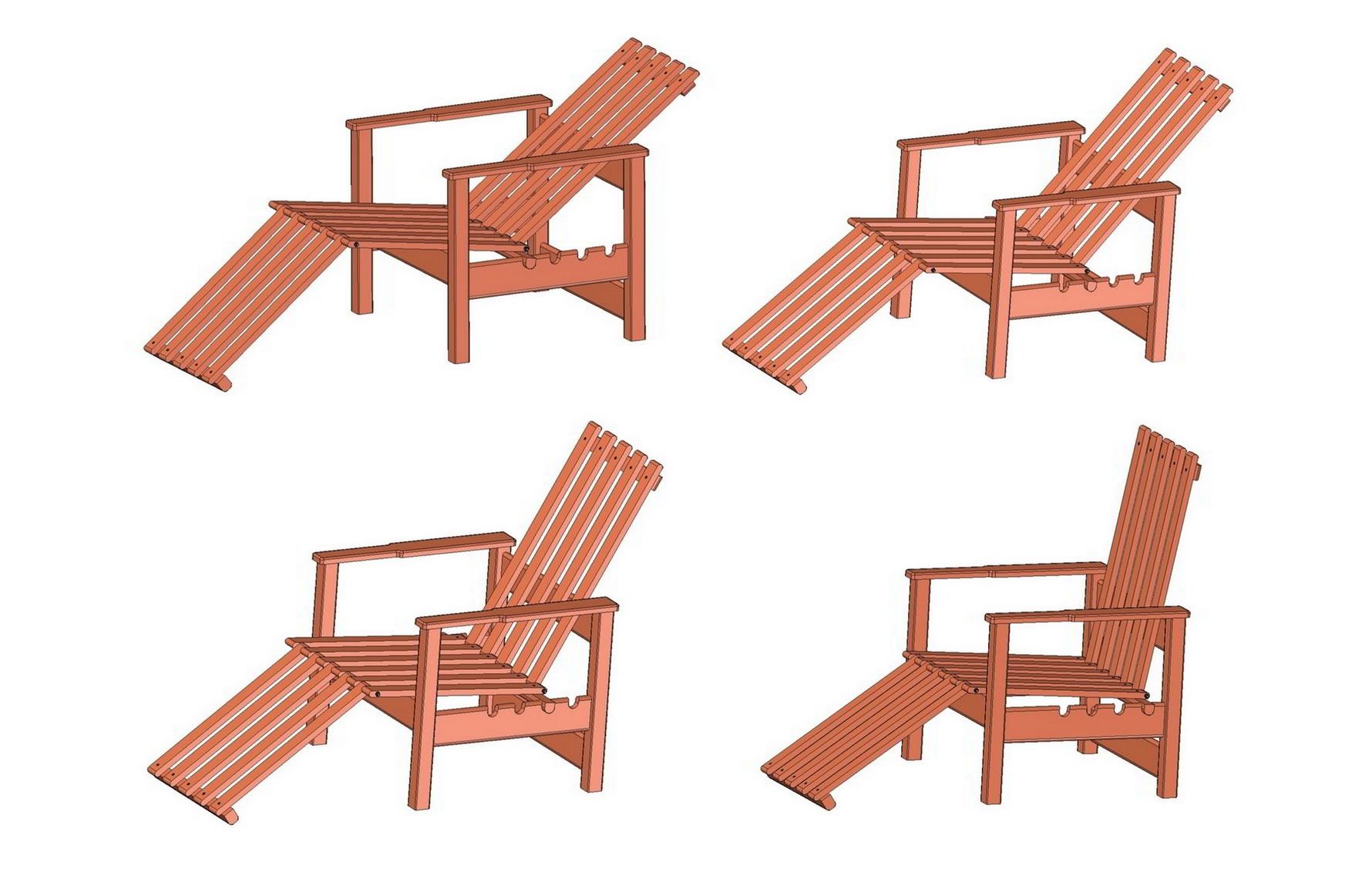






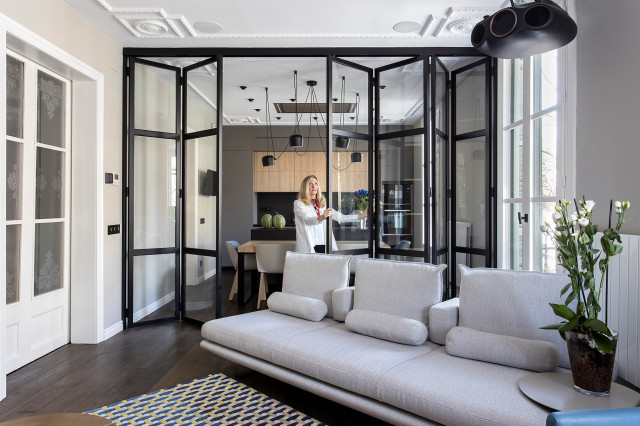
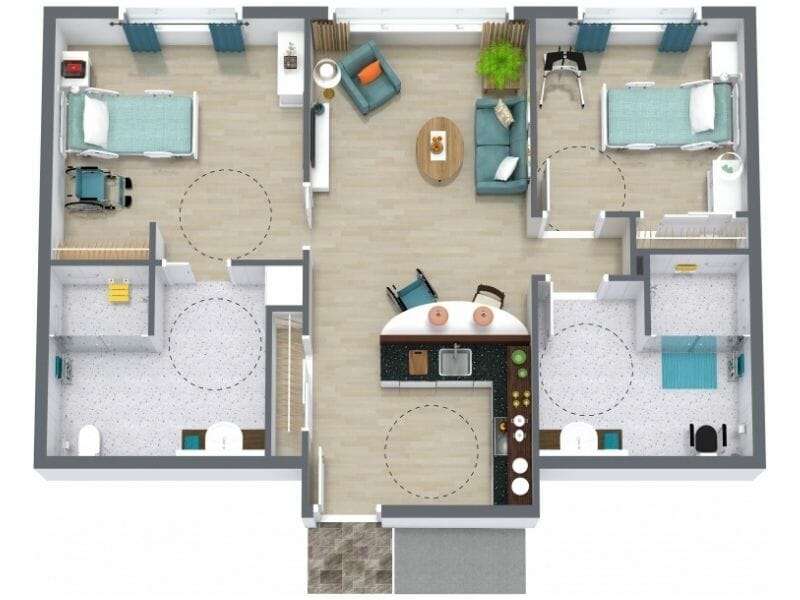
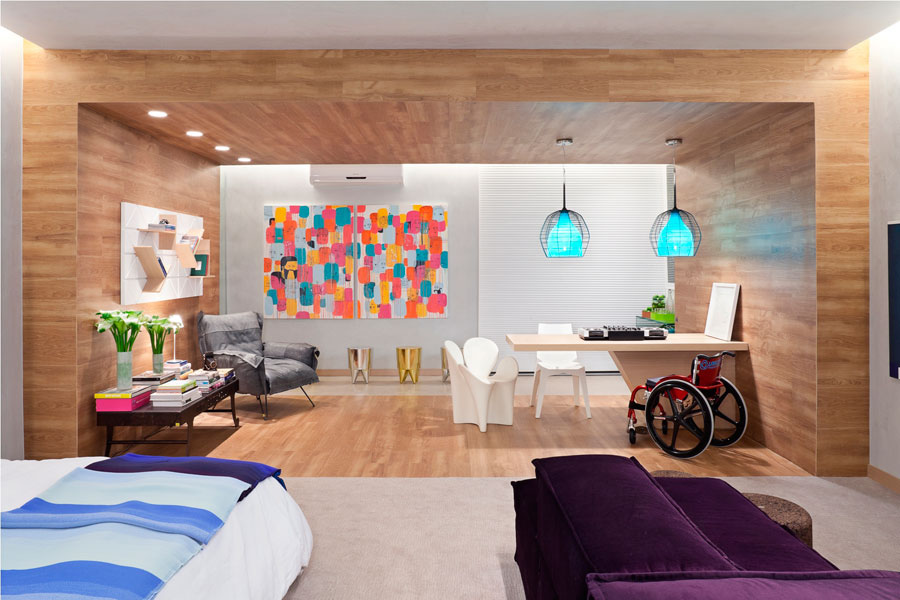
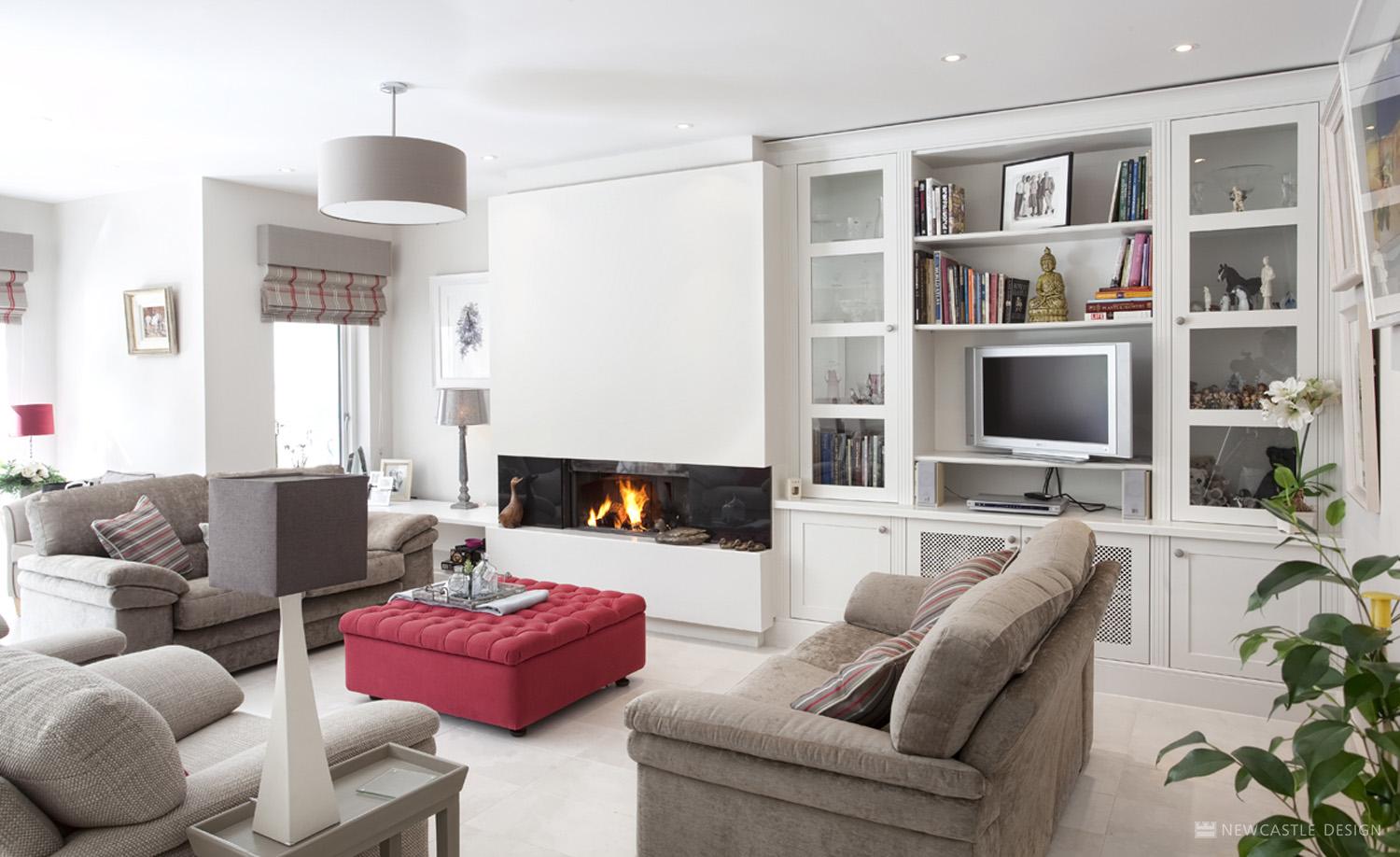








.jpg&newheight200&quality=80)






